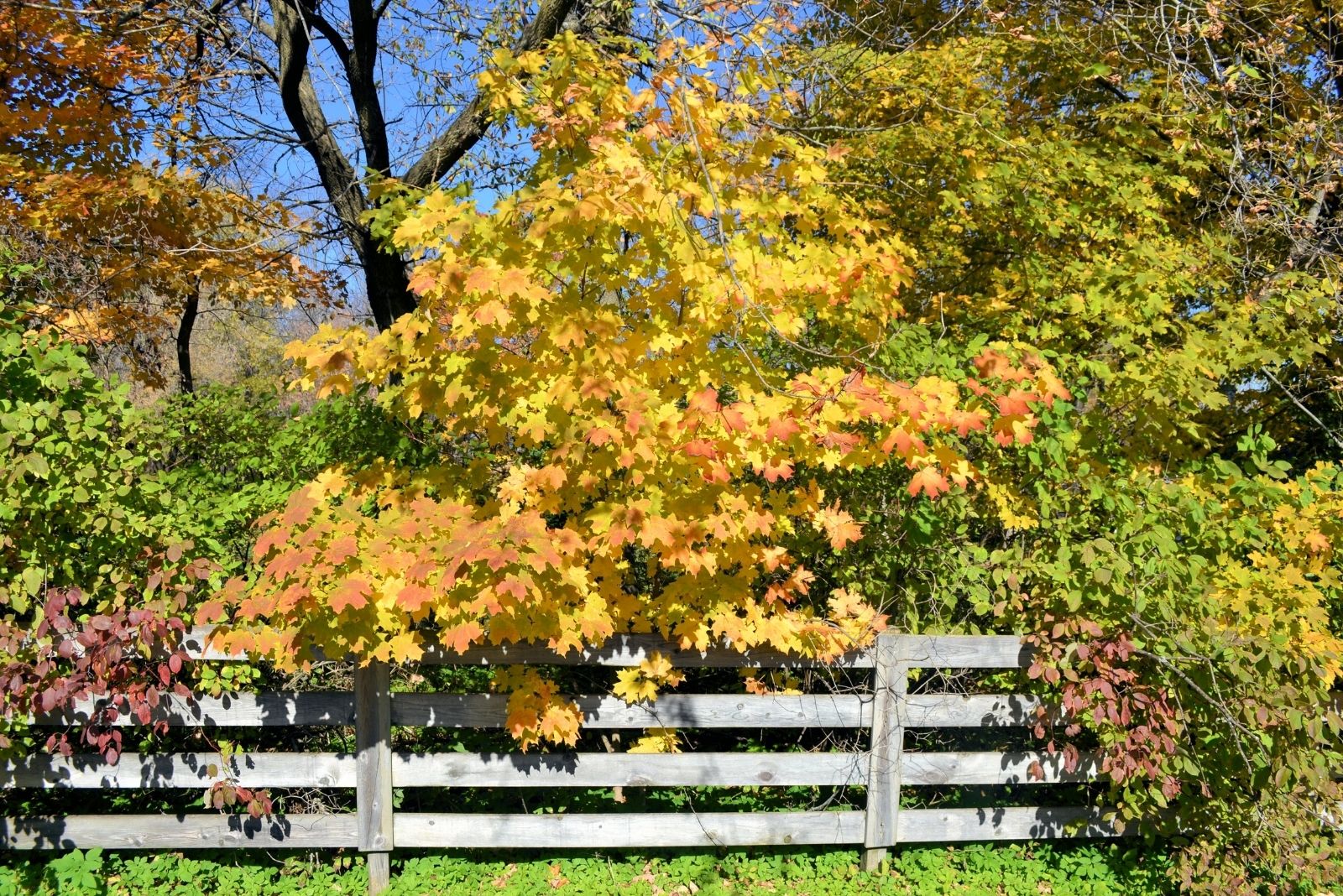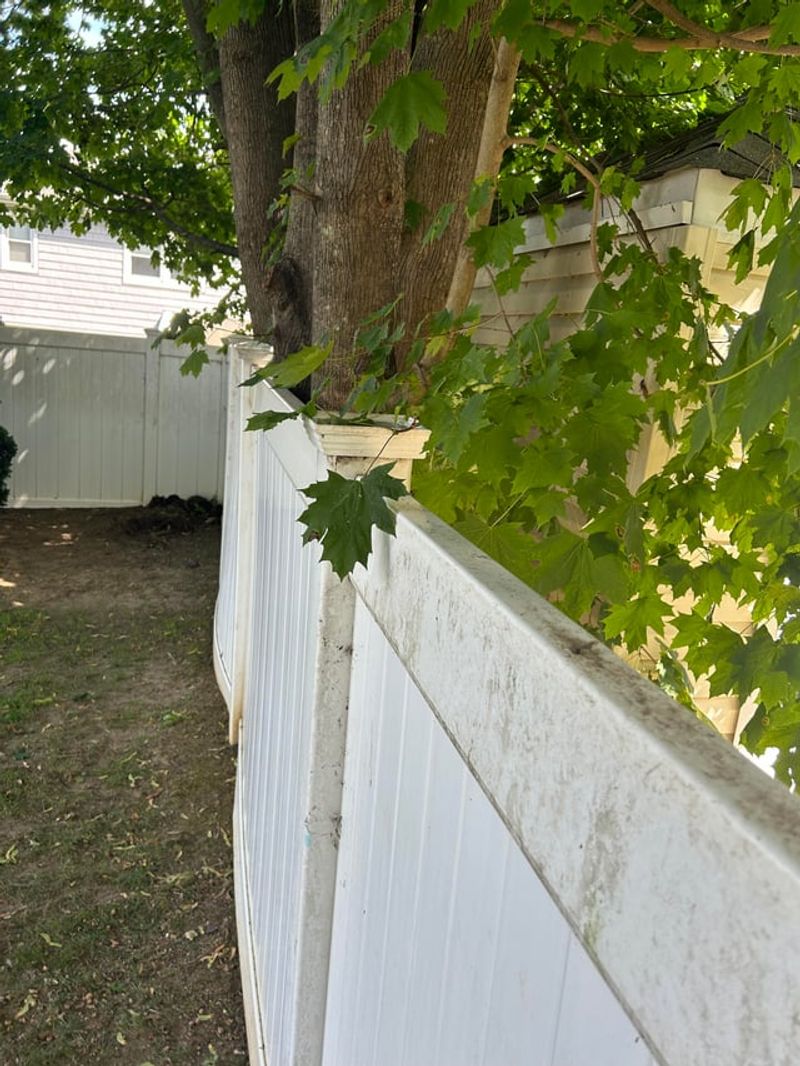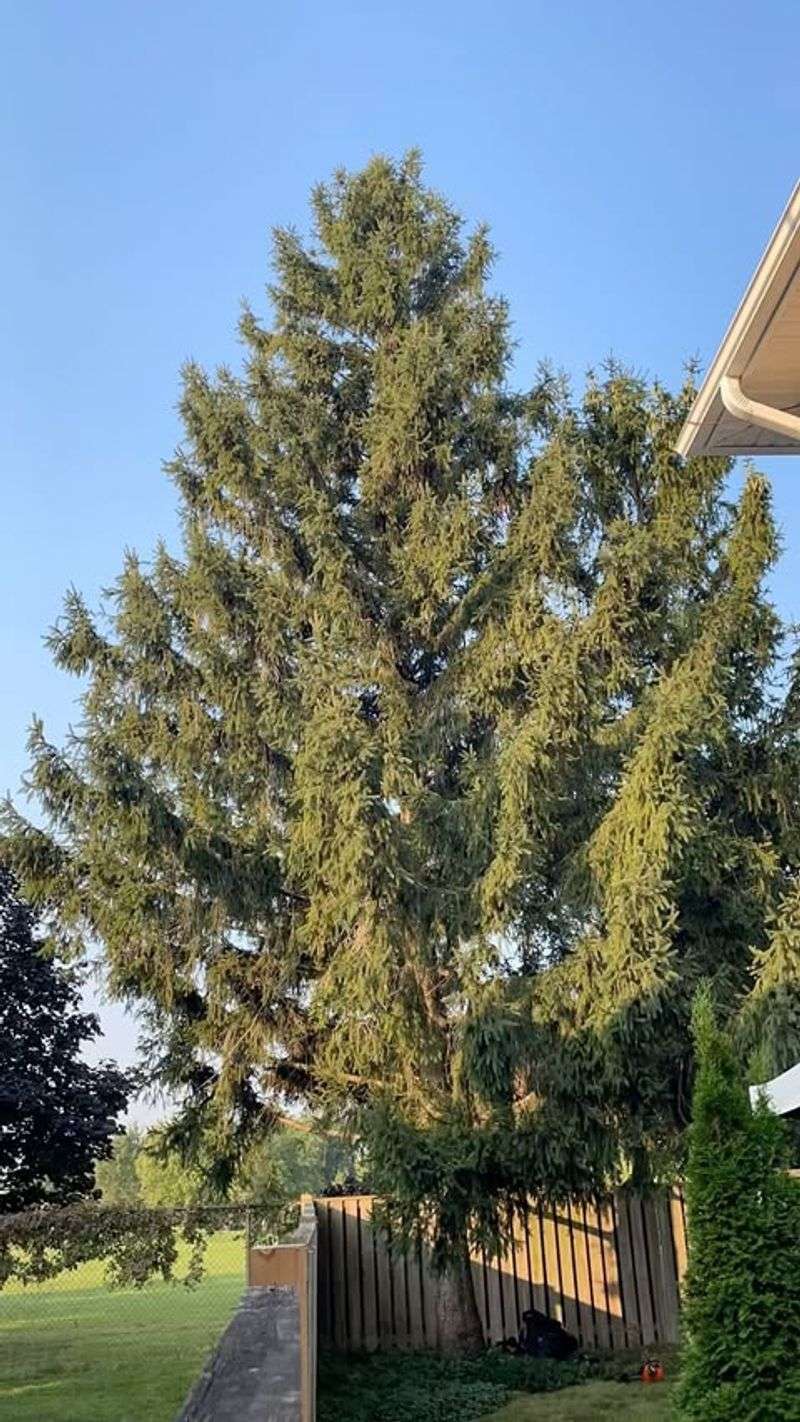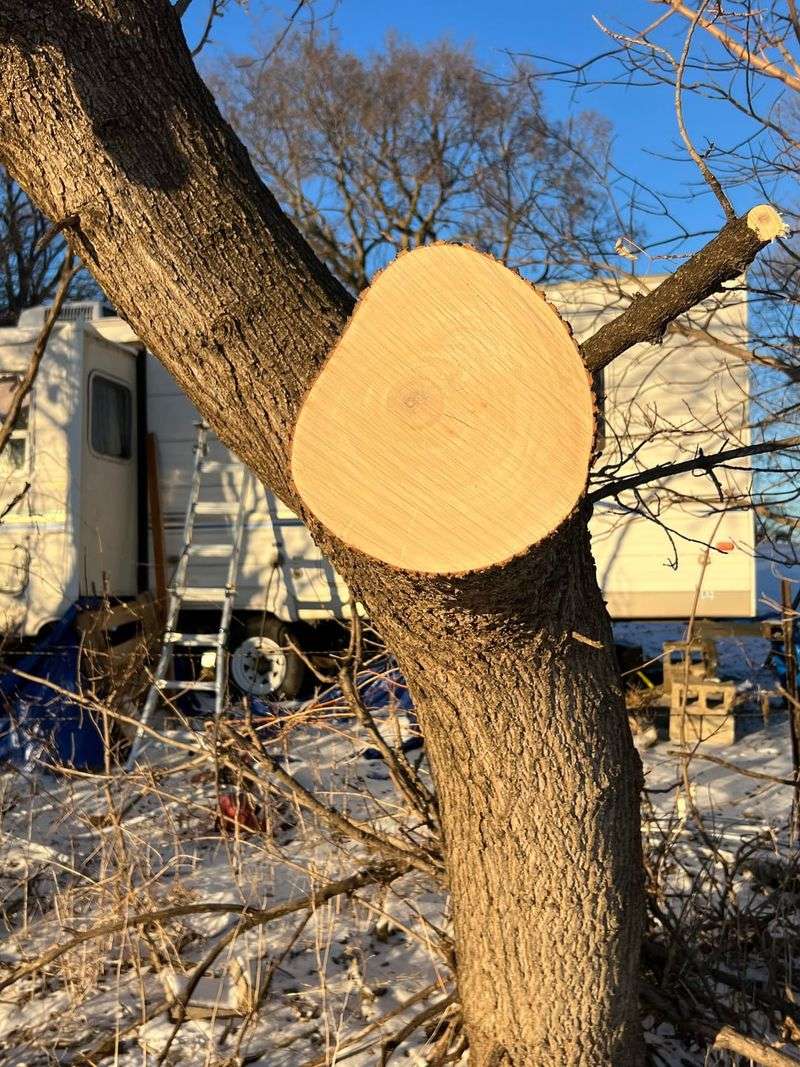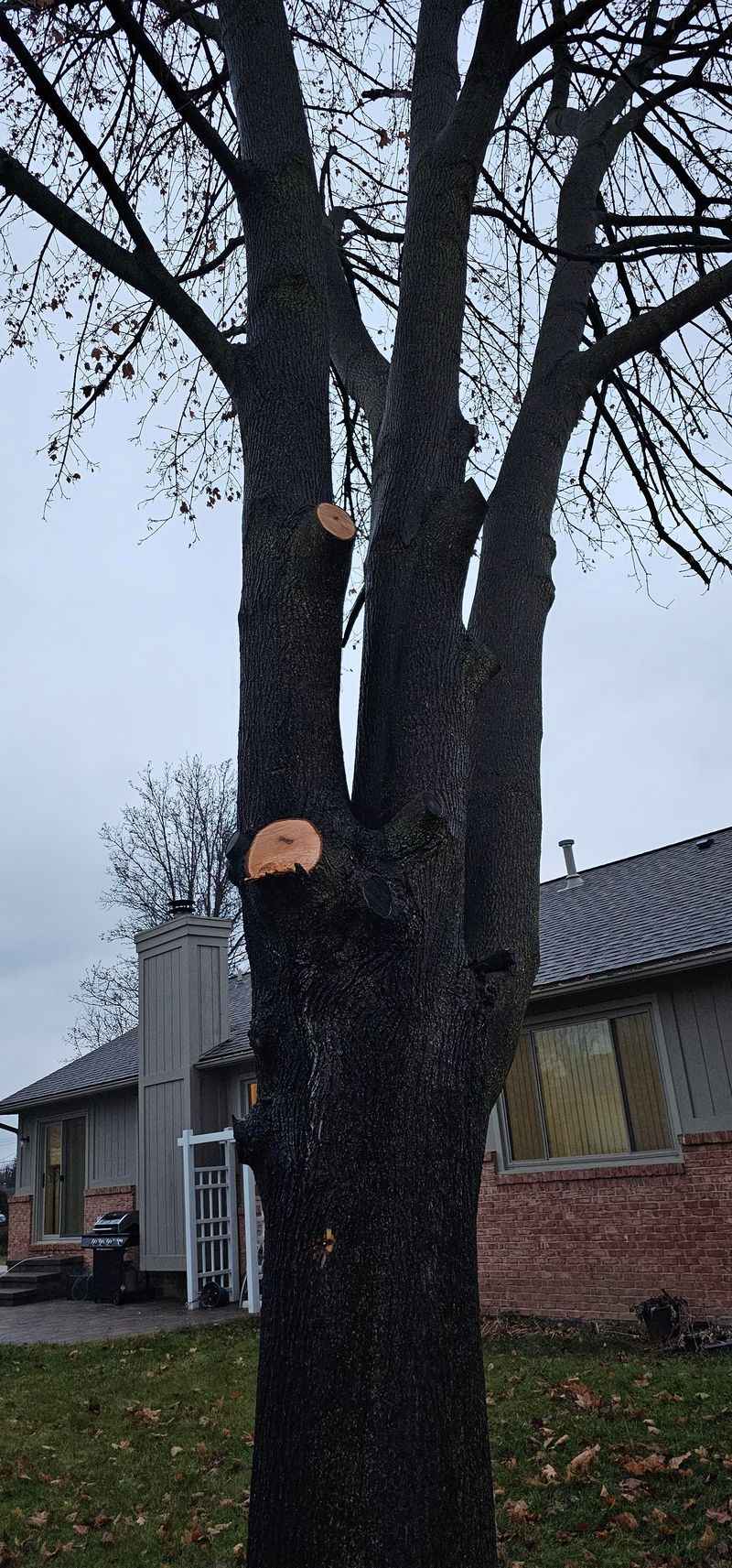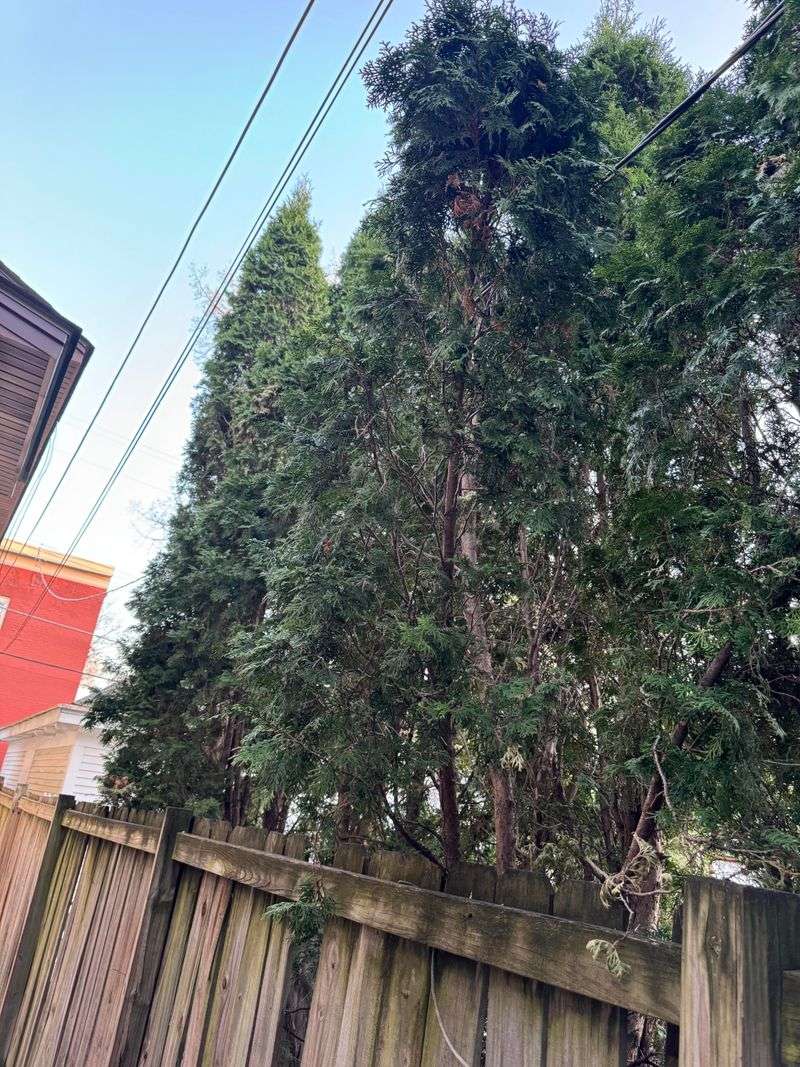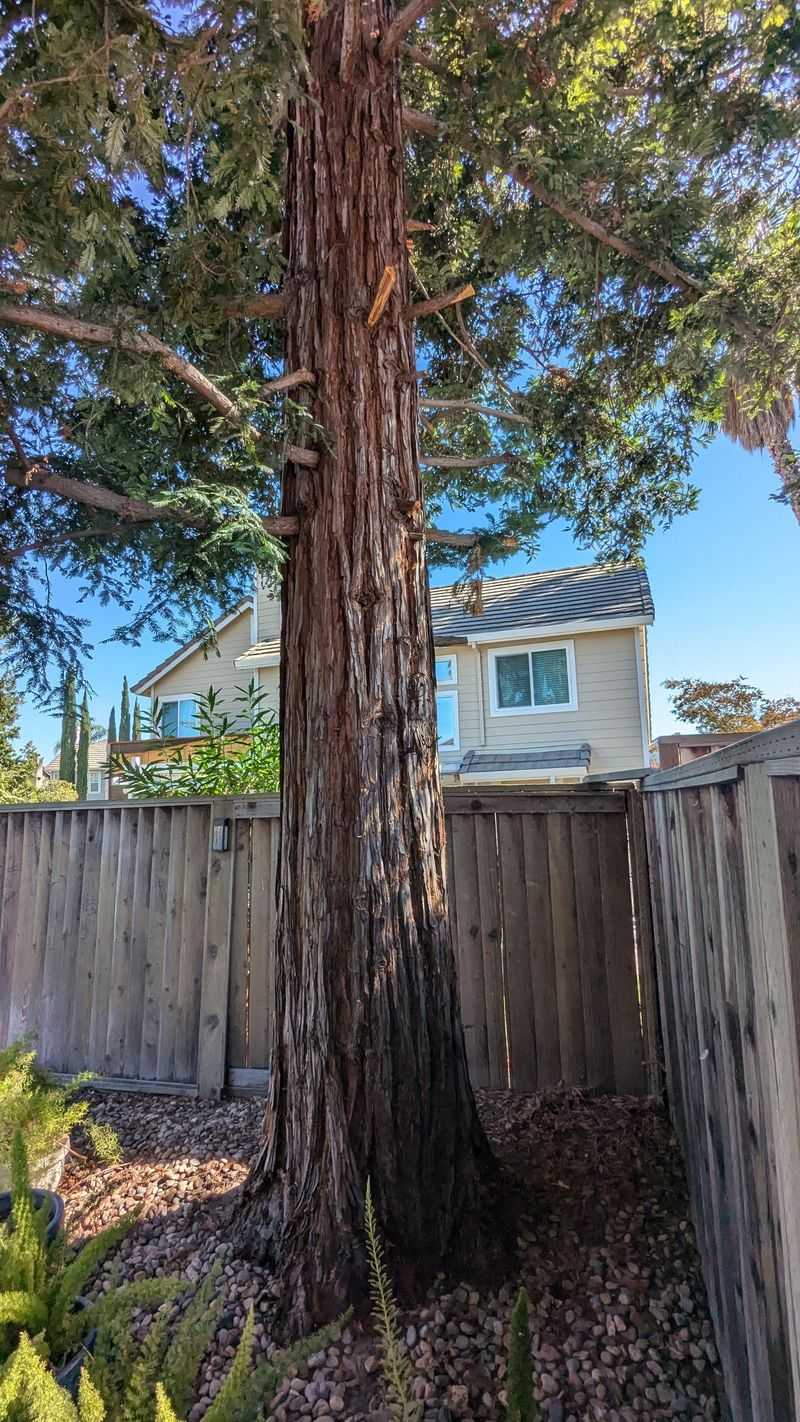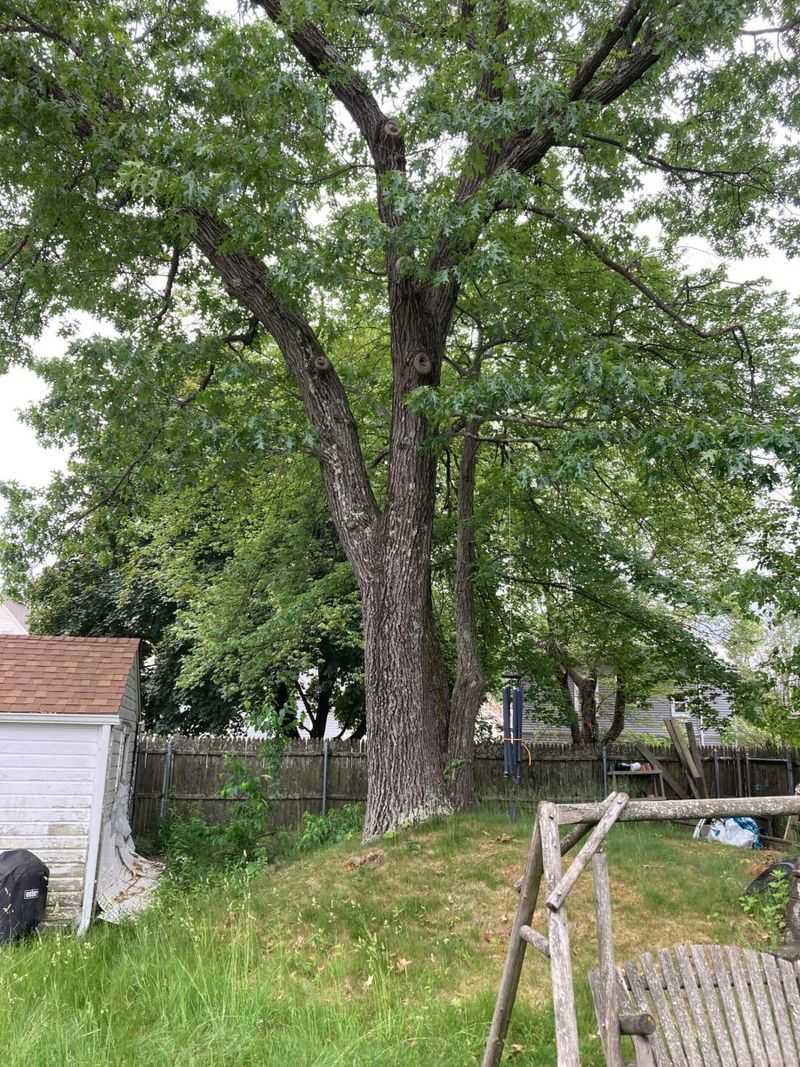Ever looked out your window and spotted tree branches or shrubs creeping over from your neighbor’s yard? It’s frustrating when they block sunlight or scatter leaves all over your space.
Before you reach for the pruning shears, it’s important to know what the law allows. Trimming branches that aren’t yours can get tricky if you’re not careful.
I’ve found that understanding your rights—and your neighbor’s—can help avoid conflict and keep things legal. A little knowledge goes a long way in maintaining both your yard and your peace of mind.
1. Understanding California’s Self-Help Law
California actually allows property owners to trim branches that cross onto their land without asking permission first. This legal principle is called self-help, and it gives you the right to protect your property from encroaching vegetation.
You can cut back branches, roots, and shrubs right up to your property line. However, you must be careful not to damage the neighbor’s plant or tree in a way that could kill it. Always stay on your side of the boundary when trimming.
2. Know Your Property Boundaries First
Before you start cutting anything, make absolutely sure you know exactly where your property line sits. Many neighbor disputes start because someone guessed wrong about boundaries and accidentally trimmed plants on the other person’s land.
Check your property survey or hire a surveyor if needed. Fence lines don’t always match the actual legal boundary, so don’t assume your fence marks the true dividing line. Getting this right protects you legally.
3. Don’t Damage Or Kill The Plant
While you can trim branches hanging over your yard, California law says you can’t harm the tree or shrub in the process. If your trimming causes serious damage or kills the plant, your neighbor could sue you for the value of what was destroyed.
Some trees and shrubs are extremely sensitive to pruning at certain times of year. Be thoughtful about how much you cut and when. Consider consulting an arborist before major trimming.
4. You Can’t Trespass To Trim
Even though overhanging branches give you trimming rights, you absolutely cannot step onto your neighbor’s property to do the work. Trespassing is still illegal, even if you’re trying to cut back vegetation that bothers you.
All your trimming must be done from your own side of the property line. If you can’t reach the branches without crossing over, you’ll need to talk with your neighbor first. Respect boundaries to avoid legal trouble.
5. What To Do With The Trimmings
After you’ve cut back those annoying branches, you might wonder who’s responsible for cleanup. Technically, the branches still belong to your neighbor since they came from their plant.
However, most courts say you can dispose of the trimmings yourself rather than returning them. It’s usually easier and more neighborly to just handle the cleanup on your own. Compost them or add to your yard waste bin for pickup.
6. Talk To Your Neighbor First
Just because you have the legal right to trim doesn’t mean you should skip a friendly conversation. Talking to your neighbor before you start cutting can prevent hurt feelings and potential conflicts down the road.
Explain what’s bothering you and suggest a solution together. Many neighbors are happy to trim their own plants if they know it’s causing a problem. Good communication builds stronger community relationships and avoids unnecessary tension.
7. When Protected Trees Are Involved
Some California cities have ordinances protecting certain tree species, heritage trees, or trees above a specific size. If the overhanging branches belong to a protected tree, you might face restrictions on what you can trim.
Check with your local city or county government before cutting branches from large or old trees. Violating tree protection laws can result in hefty fines, even if the branches hang over your property. Research local rules to stay safe legally.
8. Consider Mediation For Disputes
If your neighbor refuses to trim their plants and the overgrowth is causing real problems, you don’t have to immediately jump to court. Many California communities offer free or low-cost mediation services specifically for neighbor disputes.
A neutral mediator can help both sides communicate and find solutions everyone accepts. Mediation is usually faster, cheaper, and less stressful than filing a lawsuit. Explore this option before taking legal action for better outcomes.

